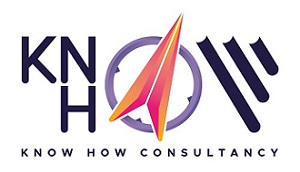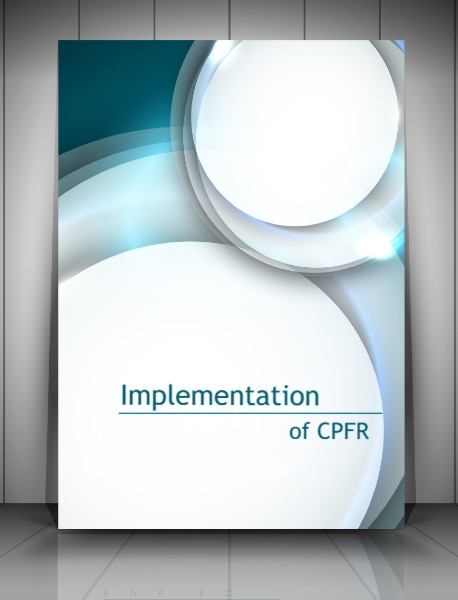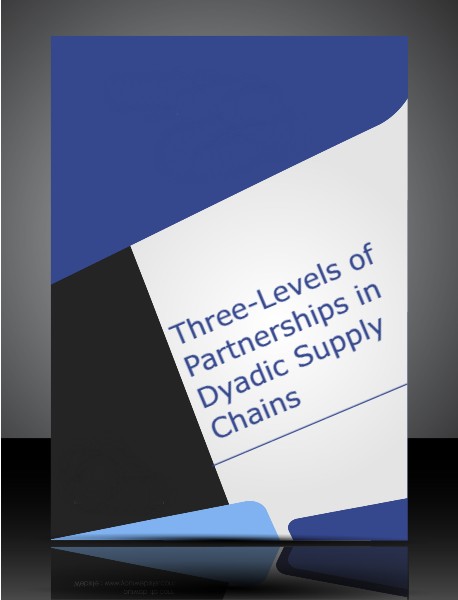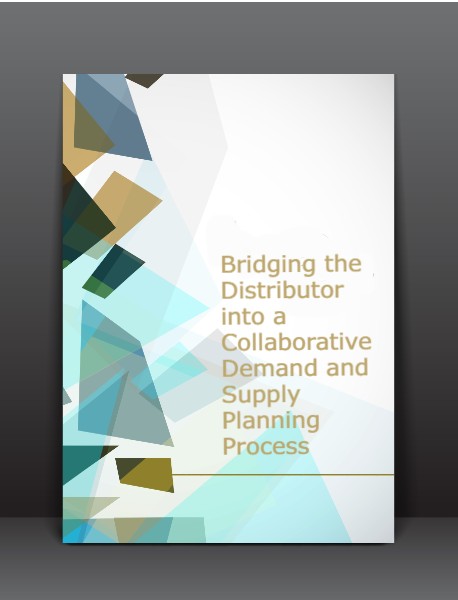COLLABORATIVE PLANNING, FORECASTING AND REPLENISHMENT (CPFR)
KnowHow’s CPFR package covers the collaboration operations addressing supplier/customer segmentation through triangle analysis, developing blueprint of existing collaboration levels, setting up full CPFR process, and developing CPFR phases and Scorecard, along with offering best-fit system requirement process for clients aiming at investing in an ERP software to automate the processes.
Analyzing the existing suppliers/customers of the client and setting benchmarks in order to segment them into structured classes, which will in turn enables the client to set up short-, mid- and long-term strategies based on the segmentations developed. KnowHow has a pragmatic and theoretically validated segmentation process that enables clients to classify suppliers based on multiple criteria, such as business share %, operational capacity, IT power, Manpower, and Vision.
Observing, reviewing and analyzing existing collaboration relations, with special focus on collaboration levels, investigating actions taken based on business needs and collaboration level. Accordingly, pros and cons of the present process, areas of improvements required based on industry/business standard benchmarks are reported and presented.
CPFR is a business practice that combines the operations of partners in terms of planning and the fulfillment of customer demand. It plays a bridge role among partners’ sales and marketing operations to enhance product availability and to reduce inventory and delivery costs. KnowHow implements CPFR through 4 phases of Strategy & Planning, Demand & Supply Management, Execution and Analysis. CPFR is a comprehensive collaboration practice and should be at customer.
level in order to get the benefit of it, which includes but not limited to: enhance availability, improve
delivery, reduce inventory and operations cost, and increase customer satisfaction.
Strategy & Planning: Identify baseline rules for collaboration, and select product or product-groups merchandized by developing a joint business plan for a particular period.
Demand & Supply Management: Share Point-of-Sales (POS) data and additional sources to fulfill the forecasting and shipment requirements over the period.
Execution: Set orders, share delivery plans and consider the number of products in stock and on retail shelves. Then, record sales and make payment.
Analysis: Track the joint business plan in comparison with the execution progress made. Then, aggregate the results to measure performance parameters. Accordingly, share perceptions to improve the previously developed plan for continuous improvement in collaboration.
Developing a customized CPFR scorecard based on the baseline of CPFR developed for the client and its partner customer/s in order to track the performance and take required actions through the process. The scorecard has to be developed based on both sides’ joint goals and objectives.
Running 2 to 5 days workshops for the client to teach CPFR processes, the usage of toolkits developed along with sharing guidelines with employees to improve their skills about CPFR process.
For the clients who already standardized all collaboration processes and it’s time to automate the operations, developing a best-fit system requirement process to meet the needs of the client at optimal level and leading to the implementation part of the software.




